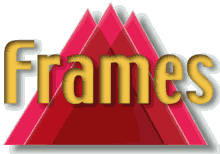|

[Image: John Black, University of Idaho]
The Fire Research And Management Exchange System or FRAMES is a web-based information management system designed to facilitate information transfer between wildland fire science and management.
The stated goal is "to make wildland fire data, metadata, tools, and other information resources easy to find, access, distribute, compare, and use."
FRAMES offers a single secure access point to critical information and applications such as datasets, databases, publications, decision support tools, simulation models, interactive CD-ROMs, videos, and other tools.
|